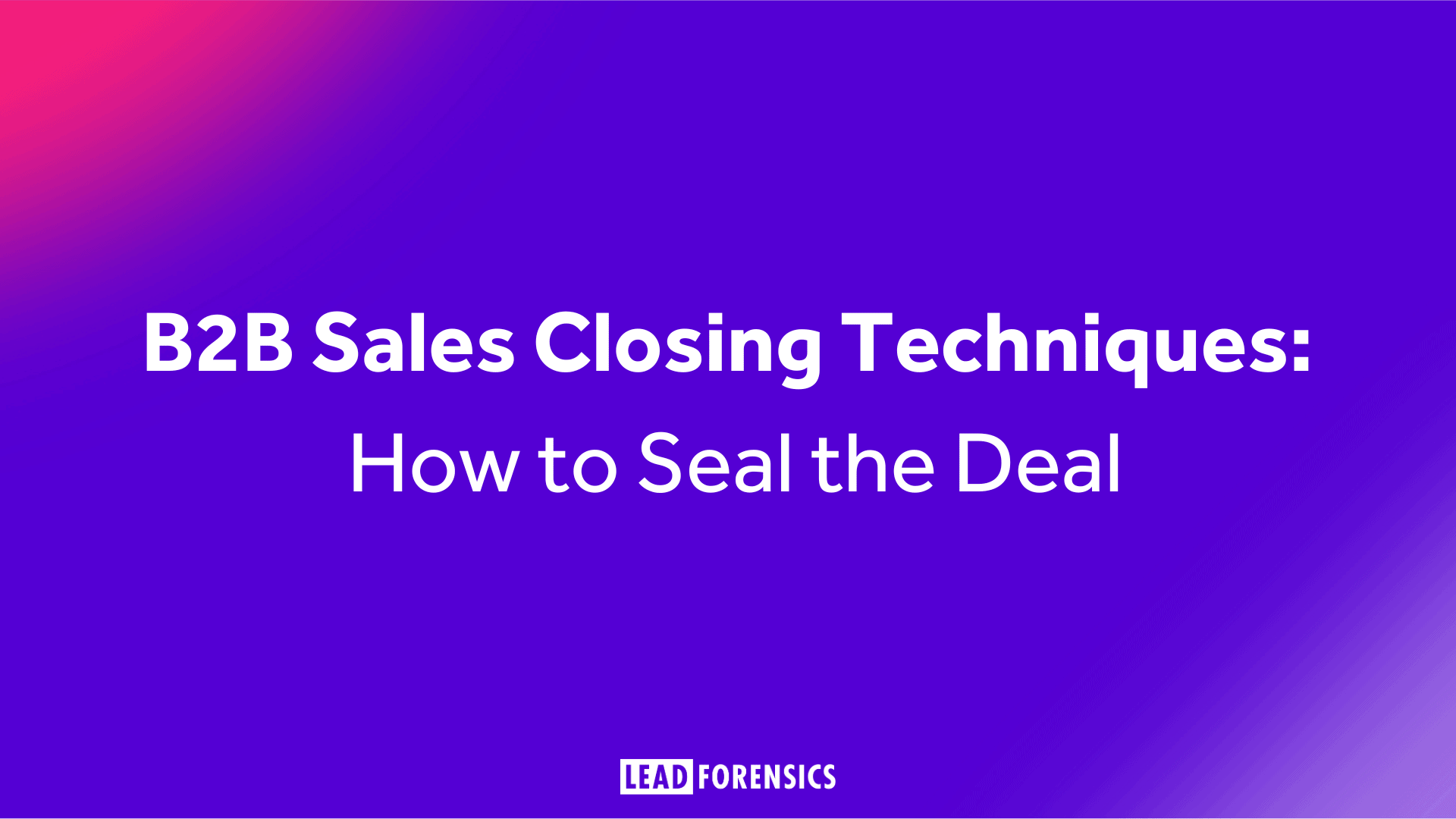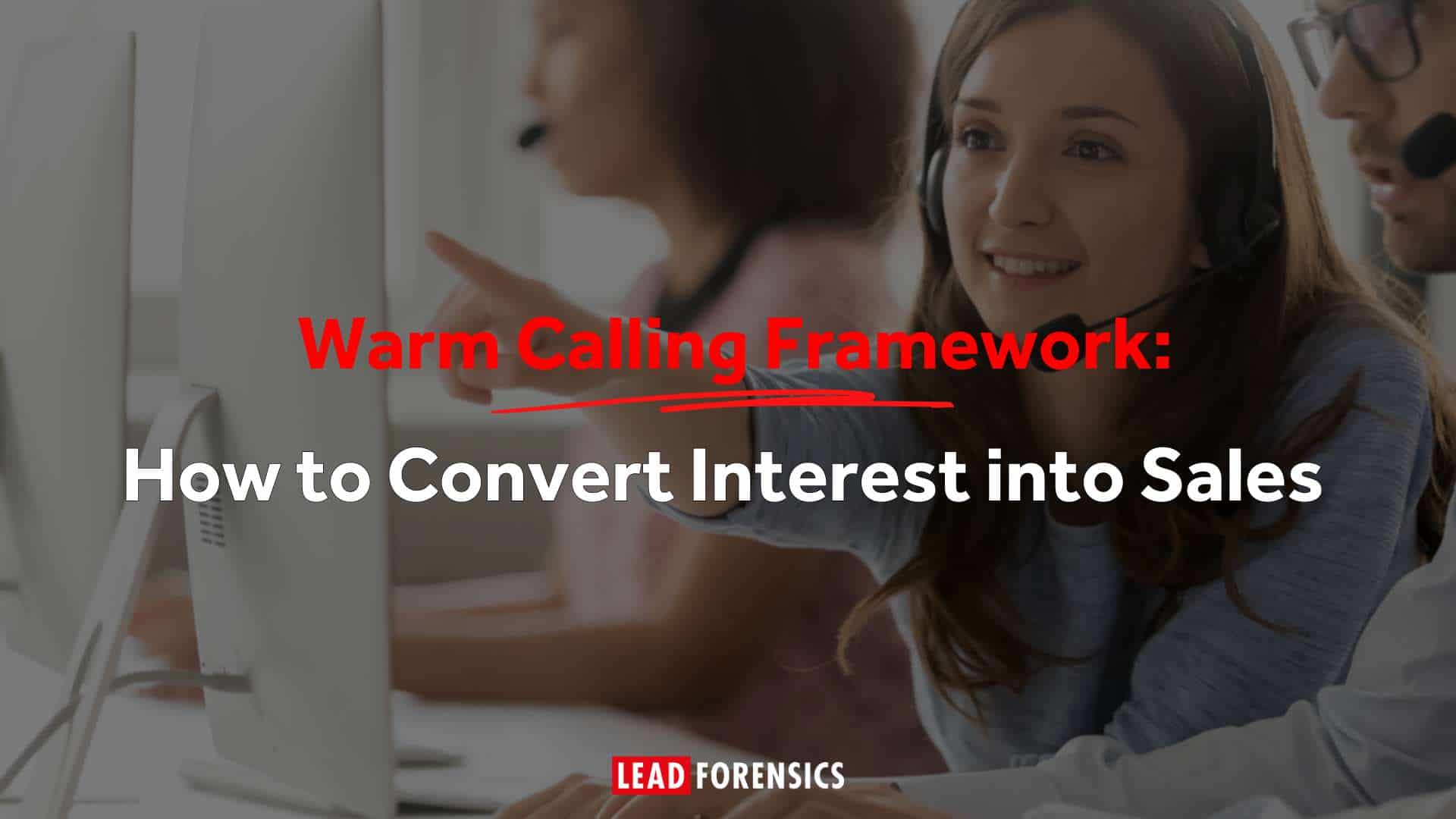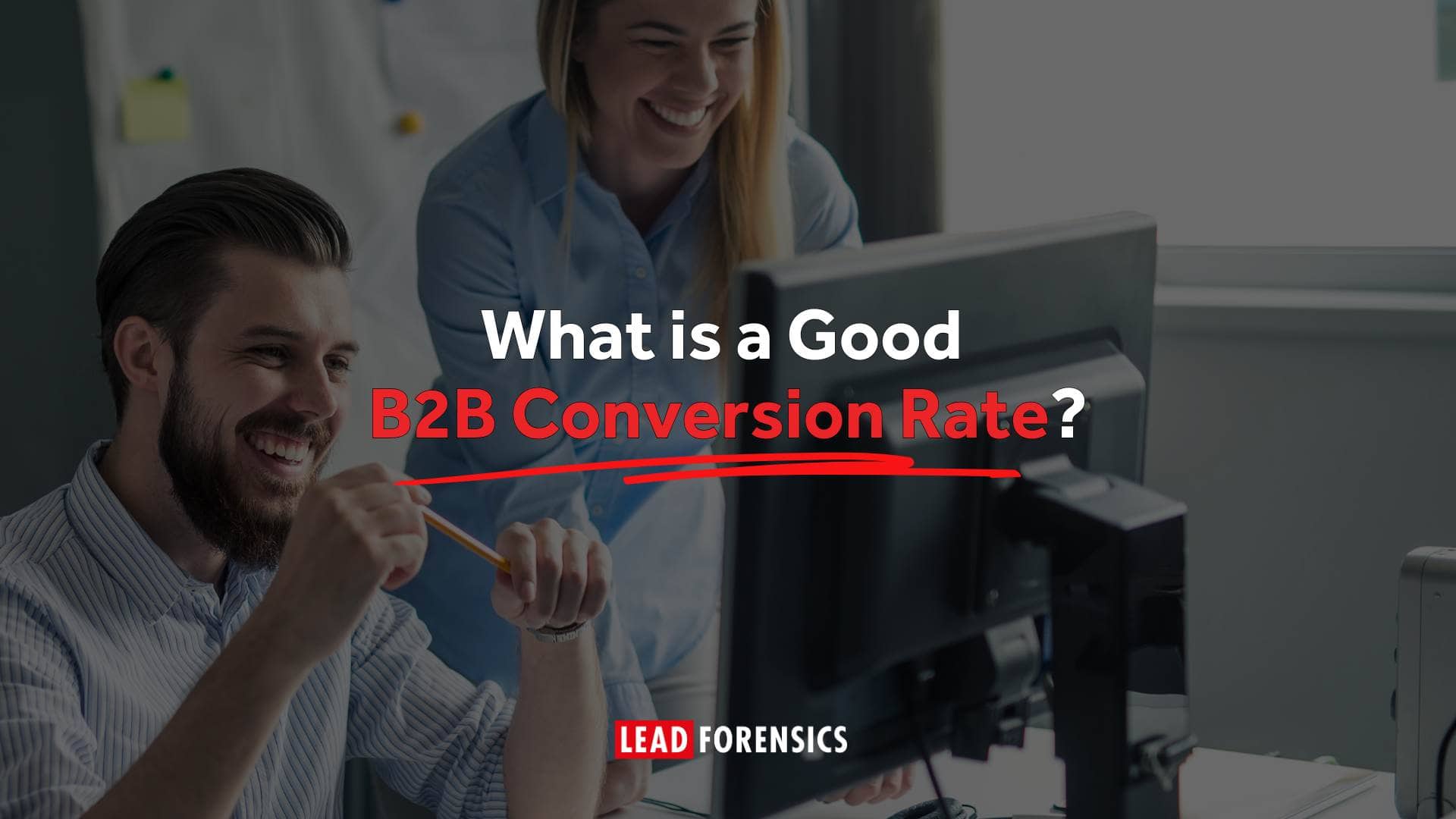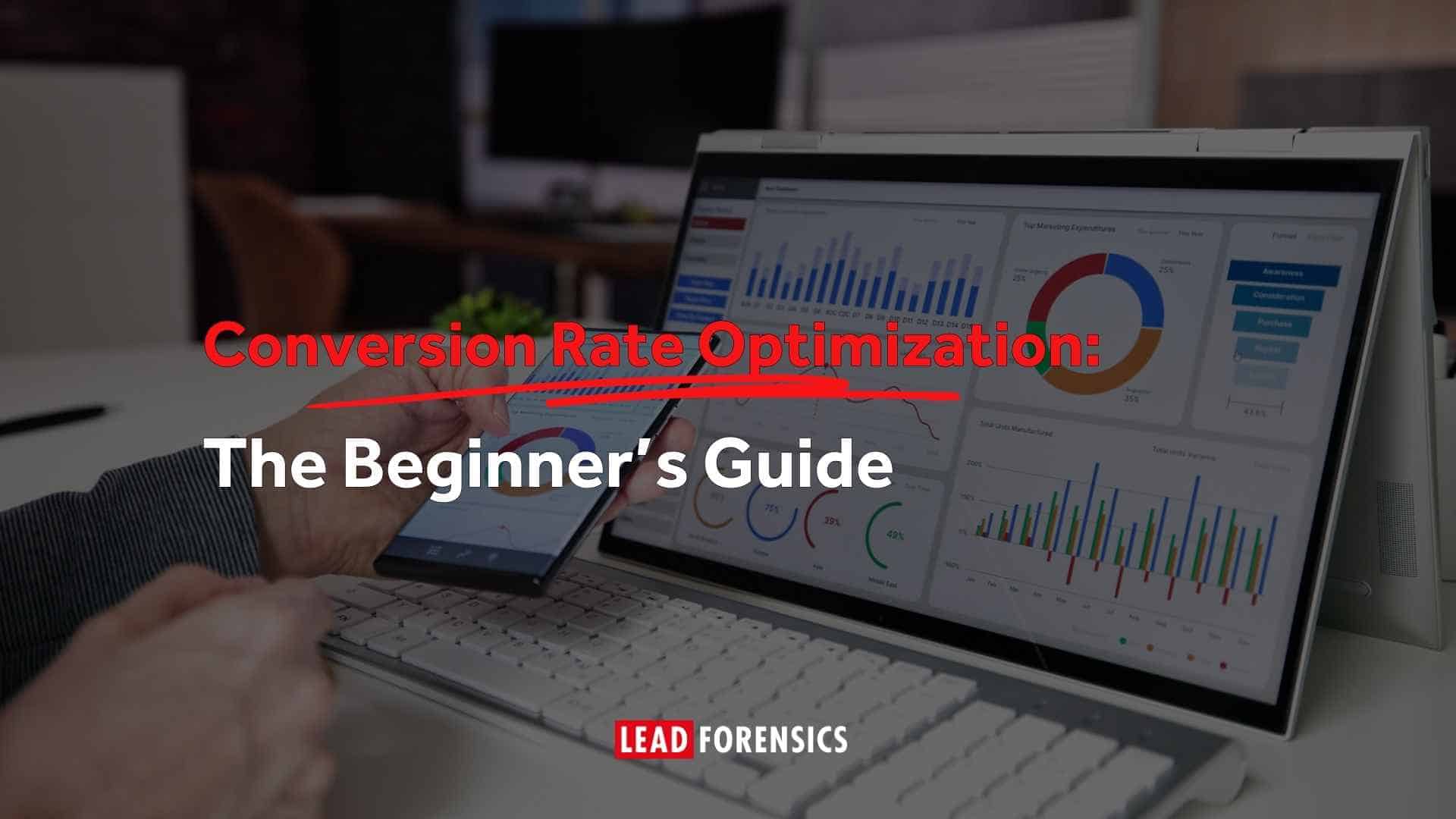The Importance of Closing in B2B Sales
In the complex world of B2B sales, the closing phase is crucial. A report by Salesforce revealed that 79% of business buyers say it’s absolutely critical or very important to interact with a salesperson who is a trusted advisor—someone who adds value to their business. This statistic underlines the importance of building trust and demonstrating value throughout the sales process, culminating in a strong close.
1. The Assumptive Close

The assumptive close is one of the most popular techniques used in B2B sales. This method operates on the belief that the deal is already done. Instead of asking if the prospect is ready to move forward, you assume they are and proceed with the next steps.
Example: Instead of saying, “Would you like to proceed with the contract?” you could say, “Great, I’ll get the paperwork ready for you to sign. /Do you prefer a digital or hard copy?”
Why It Works: The assumptive close leverages the momentum you’ve built with the prospect. It reduces the chances of hesitation by making the process feel like a natural progression.
2. The Summary Close In B2B Sales

The summary close involves summarizing all the benefits and features discussed throughout the sales process, emphasizing how they meet the prospect’s needs. This technique works particularly well in B2B sales where multiple stakeholders are involved.
Example: “Over the past few weeks, we’ve discussed how our solution can increase your team’s productivity by 30%, integrate seamlessly with your current systems, and reduce costs by 15%. Let’s move forward so we can start achieving these results for your company.”
Why It Works: By reiterating the key points, you remind the prospect of the value they’re getting, reinforcing their decision to buy. This method is particularly effective when dealing with complex products or services that have multiple benefits.
3. The Urgency Close

Creating a sense of urgency can be a powerful motivator in closing a deal. This technique involves highlighting a limited-time offer, a pending price increase, or the availability of a product.
Example: “We’re running a promotion that ends this Friday, which includes a 10% discount on your first year. Let’s finalize the deal today so you can take advantage of this offer.”
Why It Works: The urgency close taps into the prospect’s fear of missing out (FOMO). By introducing a deadline, you encourage quicker decision-making and prevent the deal from stalling.
4. The Option Close

The option close involves offering the prospect a choice between two or more options, steering them towards a decision without feeling pressured.
Example: “Would you prefer to start with our basic package or go straight to the premium solution?”
Why It Works: This technique makes the decision process easier for the prospect. By providing options, you reduce the likelihood of a flat-out rejection. It also allows you to guide the conversation towards the option that best suits their needs.
5. The Trial Close

The trial close is a way to gauge the prospect’s readiness to commit without directly asking for the sale. It involves asking questions that test the waters to see how close they are to making a decision.
Example: “How do you feel about the proposed implementation timeline? Is there anything else you need to address before moving forward?”
Why It Works: This technique is subtle and allows you to address any lingering concerns before making the final pitch. It helps you understand where the prospect stands and what additional information they might need to close the deal.
6. The Value Close

In B2B sales, where the stakes are often high, emphasizing the value your product or service brings can be the key to closing the deal. The value close focuses on ROI, efficiency gains, and long-term benefits.
Example: “By implementing our solution, you’re not just investing in software—you’re investing in a system that will save your company $200,000 annually in operational costs.”
Why It Works: B2B buyers are typically motivated by the potential return on investment. By focusing on the tangible value, you provide a compelling reason for them to commit.
7. The Alternative Close

The alternative close is similar to the option close but focuses on presenting different ways to move forward, making it easier for the prospect to say yes.
Example: “Would you like to sign the contract today, or would you prefer to review it over the weekend and finalize on Monday?”
Why It Works: Offering alternatives gives the prospect control over the next steps, which can make them more comfortable with the decision-making process.
The Psychology Behind Effective Closing In B2B Sales
Understanding the psychology behind closing techniques is crucial for success. According to HubSpot, 60% of prospects say “no” four times before they say “yes,” but 48% of salespeople never even make a single follow-up attempt. This statistic highlights the importance of persistence and the need to understand the prospect’s mindset.
Building Trust and Credibility In B2B Sales
Trust is the foundation of any successful B2B sales relationship. A 2019 Edelman Trust Barometer report found that 81% of customers said that trust is a deal-breaker or deciding factor in their buying decisions. Building trust involves being transparent, delivering on promises, and consistently providing value throughout the sales process.
Overcoming Common Objections In B2B Sales
Objections are a natural part of the B2B sales process. The key to overcoming them is preparation and understanding the root of the prospect’s concerns. Some common objections include:
Price: “Your solution is too expensive.”
Need: “We don’t need this right now.”
Timing: “We’re not ready to make a decision yet.”
Competitors: “We’re considering other vendors.”
Strategies to Overcome Objections:
Price: Demonstrate the value and ROI your solution provides, making the price seem justified.
Need: Reiterate the pain points your solution addresses and how it aligns with their goals.
Timing: Create urgency by highlighting industry trends or upcoming deadlines that necessitate action.
Competitors: Differentiate your offering by emphasizing unique features, customer service, or case studies of success.
Leveraging Data and Case Studies In B2B Sales
Data-driven selling is increasingly important in B2B sales. A study by Gartner found that customers spend only 17% of their time meeting with potential suppliers during the buying process, which means that the information you provide during these interactions must be compelling. Using case studies, testimonials, and statistics can help build a strong case for your product or service.
Example: “According to a recent study, companies that implemented our solution saw a 25% increase in lead conversion rates within the first six months.”
The Role of Follow-Up in Closing In B2B Sales
Follow-up is a critical part of the closing process. After the initial pitch, staying in touch shows that you’re committed to helping the prospect succeed. Salespeople who follow up within an hour of an initial query are seven times more likely to qualify the lead.
Mastering the Art of the B2B Sales Close In B2B Sales
Closing B2B sales requires a combination of strategic planning, psychological insight, and effective communication. By mastering these closing techniques, you can improve your ability to seal the deal and drive business growth. Remember, the key is to build trust, understand your prospect’s needs, and present a compelling case for why your solution is the best choice.
By applying these strategies and continually refining your approach, you’ll be well on your way to becoming a top-performing B2B sales professional.
Unlock the power of Lead Forensics today! Sign up for a free demo and trial to see how detailed insights into your website visitors can transform your marketing strategies and boost conversions.







